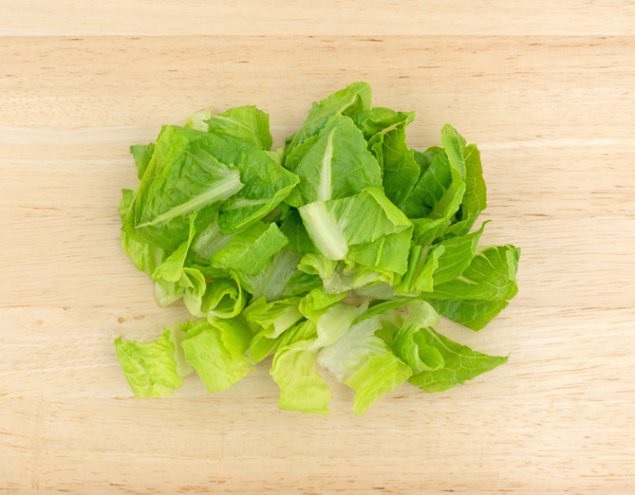U.S.: FDA increases romaine lettuce testing in wake of outbreaks

The U.S. Food and Drug Administration is increasing testing of romaine lettuce for the presence of E. coli and salmonella.
The decision comes after contaminated romaine lettuce caused three separate, multistate E. coli outbreaks. Together, those outbreaks killed five people and made another 295 sick, according to the FDA.
Specifically, nationwide public health advisories were put in place both in the spring and fall of 2018. The industry found another strand of E.coli in October, prompting further concern.
To combat future outbreaks, the agency will carry out an extensive testing process.
In a statement, the FDA said it is conducting a small, focused assignment to collect samples of unprocessed romaine lettuce for testing. It will begin in November 2019 and is expected to last for one year.
"This assignment is intended to help the FDA, CDC and state public health agencies to identify sources of contamination and factors that may be contributing to them, so that they can be addressed," it said.
FDA's lettuce testing process
To do so, the FDA says it needs the participation of wholesalers, foodservice distribution centers and commercial cooling and cold storage facilities.
It will take samples after harvest and will not take them directly from farm fields.
The agency will prioritize sampling at FDA registered facilities and farms associated with previous outbreaks. It will especially focus on facilities that linked to confirmed or suspected romaine lettuce contamination in 2017.
The FDA will perform entire genome sequencing of the microorganism's DNA if testing detects a target pathogen. After that, it will upload information to a public database in order to notify the public of potential illnesses associated with the pathogen.
Additionally, bioinformatic information like this will be important for the public to understand any particular risk in the future.
With plans to collect 270 total samples, the agency emphasizes that collection and testing methods are "reflective of actual conditions". That means that the lettuce testing process increases the odds of finding pathogens.
In order to be accurate in its potential findings, it will collect information from manufacturers, the collection sites, photographs of the product label and food identification codes. Having all of the supply chain information will be critical to testing, it says.
Regarding results, it says that notification of whether the lettuce is positive or negative will occur within three to four days. In the circumstance that tests find a pathogen, final results may take up to an additional seven days.















































